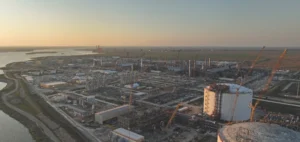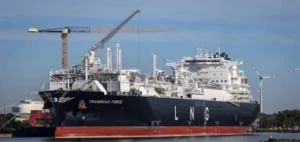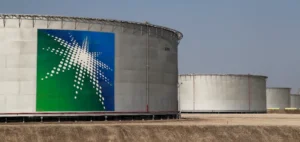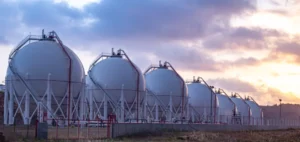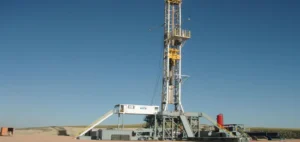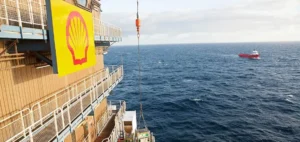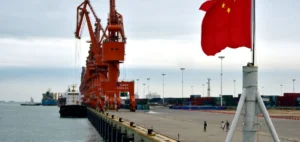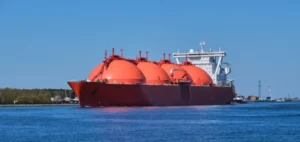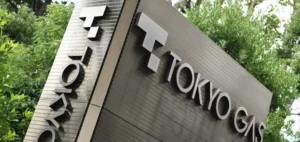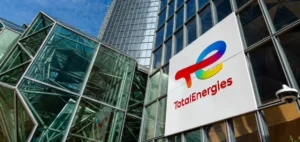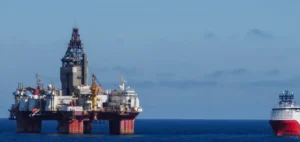The global drilling fluids market is expected to reach $10.7bn (around €10.1bn) by 2032, up from an estimated $7.1bn (around €6.7bn) in 2025, according to Meticulous Research. This sector is experiencing annual growth of 5.7%, driven by rising oil extraction activities, expanding offshore exploration, and growing industrial energy demand.
Technological transformation and new applications
The integration of advanced chemical technologies and the development of solutions complying with environmental regulations are rapidly transforming the market. The growing adoption of oil-based muds (OBM) and synthetic-based muds (SBM) in oil and gas reservoirs is combined with the rise of water-based muds (WBM), valued for their low environmental impact and thermal efficiency. According to Meticulous Research, liquid-based fluids remain predominant and show the highest expected growth.
On the product side, demand for weighting agents such as barite is increasing to optimise fluid density. The biocides and corrosion inhibitors segments are also expanding, driven by regulatory requirements and the need to protect drilling equipment.
Dominance of onshore drilling, contrasted regional dynamics
Onshore drilling operations hold the largest market share due to their accessibility and lower costs. Offshore operations, supported by deepwater exploration, however, display the highest growth rate. The mining segment is also expanding, underpinned by increased mineral exploration and rare earth requirements, generating growing interest for drilling fluids suitable for these resource extractions.
The Asia-Pacific region emerges as the most dynamic market, driven by demand for advanced fluids and industrial needs. North America remains a strategic area, supported by hydraulic fracturing and technical innovation. In the Middle East and Africa, the sector benefits from vast reserves and large-scale offshore projects.
International competition and innovation prospects
The market brings together major oilfield service providers, specialised chemical companies, and integrated technology groups. Baker Hughes Company, Halliburton Energy Services, CES Energy Solutions, Newpark Resources, and Schlumberger Limited are among the key players cited by Meticulous Research. These companies focus on diversifying services, chemical innovation, and geographical expansion to strengthen their presence amid strong competition and technological change.
The rise of offshore drilling, regulatory demands, and technical challenges are creating major issues for industry players, while generating new growth opportunities through the development of specialised fluids and expansion into emerging markets.



